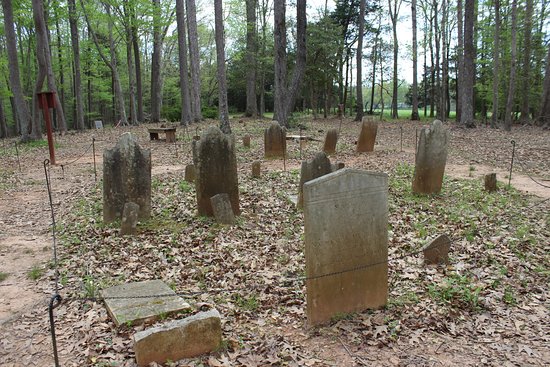Tuesday
A Literary Hub article by author LaTanya McQueen, whose horror novel about America’s slave past comes out this month, brought to mind a Lucille Clifton poem. That’s not surprising since both authors had the same experience visiting southern plantations.
McQueen was researching for her novel When the Reckoning Comes, in which a black woman who has fled the segregated south returns for the wedding of her one white friend, who is getting married at an old plantation. Together they find themselves encountering ghosts from the plantation’s bloody past.
The south’s bloody past was not mentioned in McQueen’s plantation tour, however:
I spent the summer of 2016 visiting plantations across the south in attempt to learn more about Leanna’s life. While I’d read about plantations, I felt I needed to see these places in person to get a true sense of them. I’d mapped out a plan to visit plantations in Louisiana, Mississippi, South Carolina, and to end with the trip trying to find the Bedford Brown House, the plantation Leanna Brown lived on in North Carolina. I ended up visiting plantations in some of these states, not all of them, because what I found after a while was the same story at each of them. There was little, if any, mention of slavery. Instead, I listened to stories about the owners, often told to me by guides dressed in period costumes as they gave their little narratives about the plantation owner’s family history. Tour guides dressed in period costumes told me details about the architecture of the houses and not the backbreaking work that went into building them. While I learned a lot about the wealth of the plantation owners, I rarely learned about the work involved in slave labor, especially on sugar plantations that had some of the highest mortality rates. There was a complete erasure of what made these places exist in the first place.
I expected to go to these plantations where I’d be told the history of my ancestors, and what I got instead was a proliferation of tourist attractions meant for the white gaze.
Clifton makes the same observation with simple but powerful directness in “at the cemetery, walnut grove plantation, south carolina, 1989.” I’ve heard her tell the story of how, in her visit, it was only when she asked about some rocks in the cemetery that she learned that they were slave grave markers:
among the rocks
at walnut grove
your silence drumming
in my bones,
tell me your names.nobody mentioned slaves
and yet the curious tools
shine with your fingerprints.
nobody mentioned slaves
but somebody did this work
who had no guide, no stone,
who moulders under rock.tell me your names,
tell me your bashful names
and I will testify.the inventory lists ten slaves
but only men were recognized.among the rocks
at walnut grove
some of these honored dead
were dark
some of these dark
were slaves
some of these slaves
were women
some of them did this honored work.
tell me your names
foremothers, brothers,
tell me your dishonored names.
here lies
here lies
here lies
here lies
hear
I love that final imperative. Like McQueen, Clifton has been hearing lies. But she’s also telling her readers to listen carefully because, if they do, they will hear those forgotten slaves speaking. And once one hears, one can testify.


